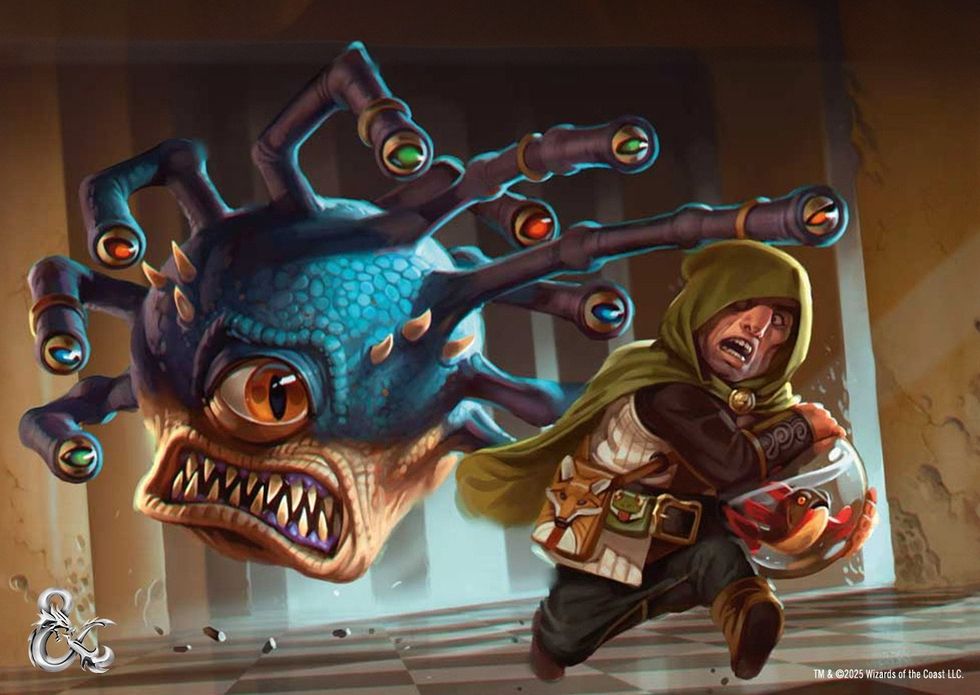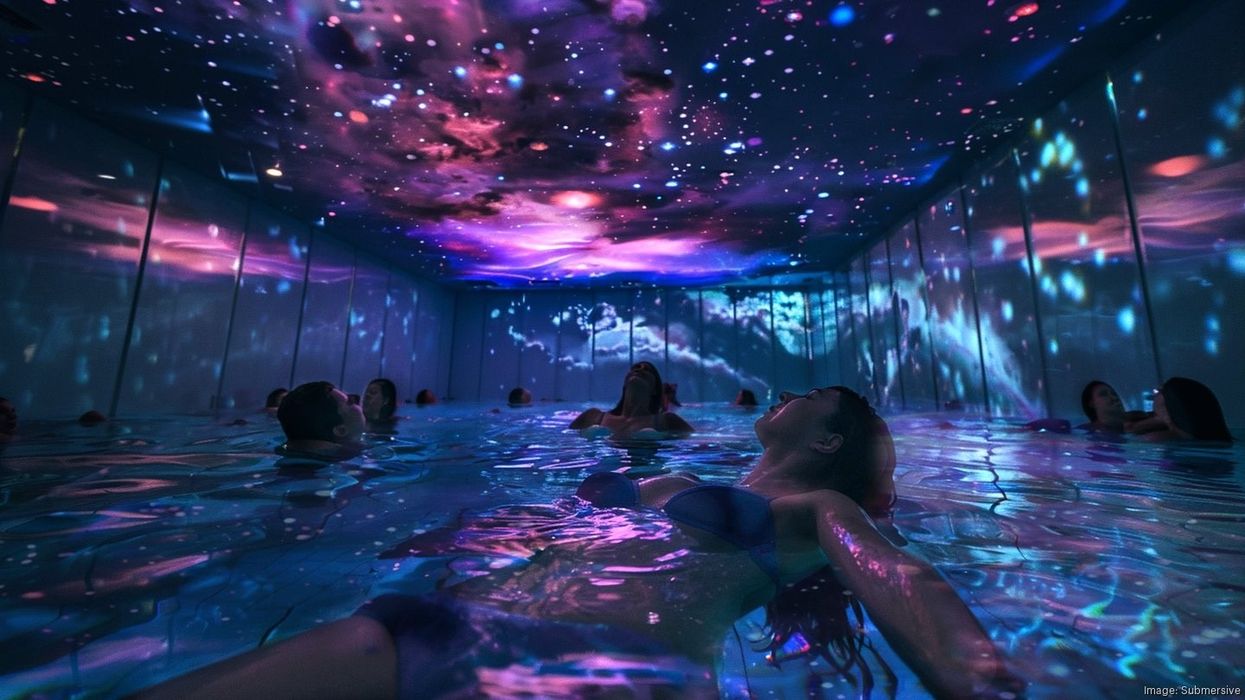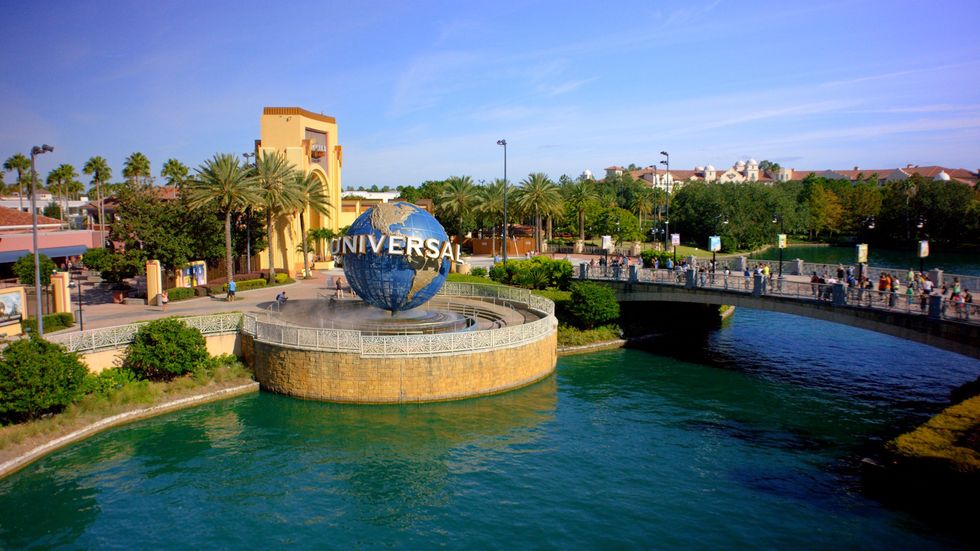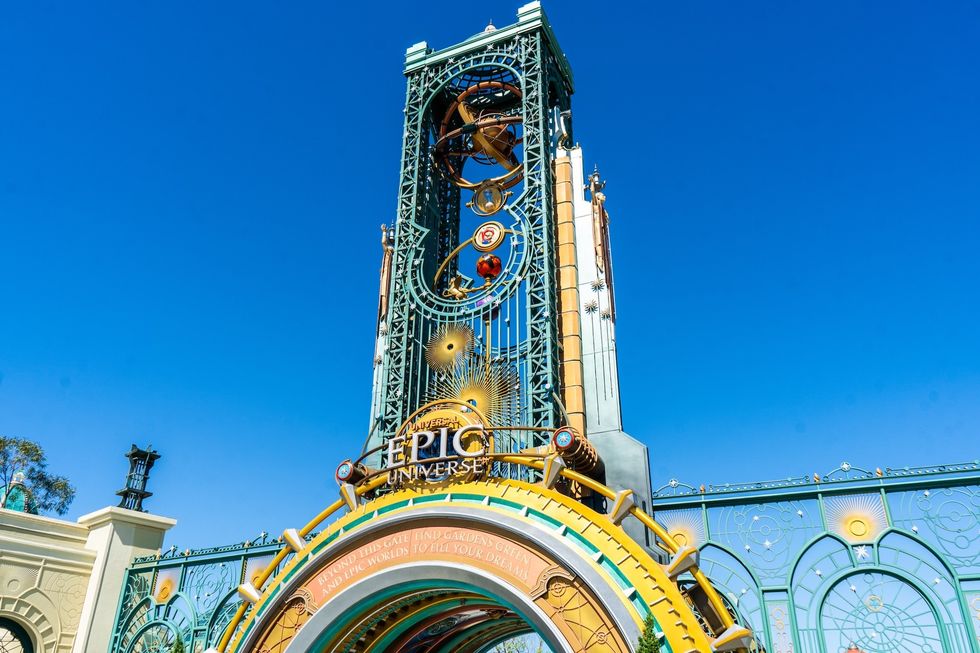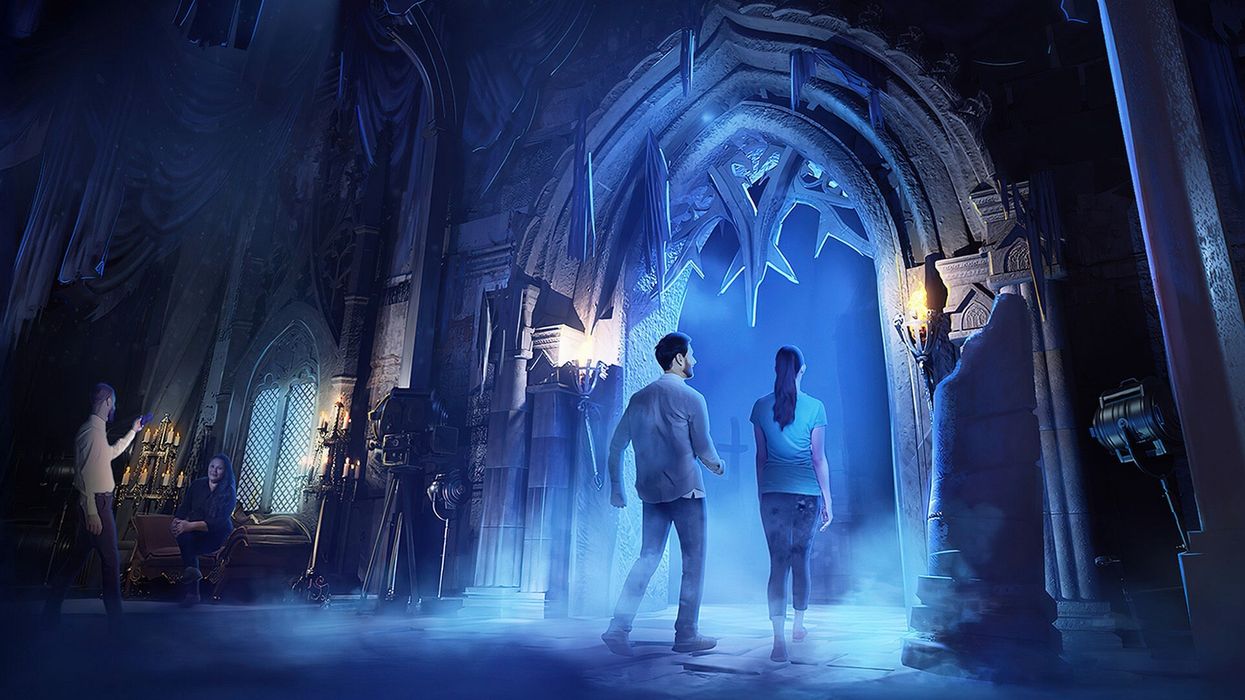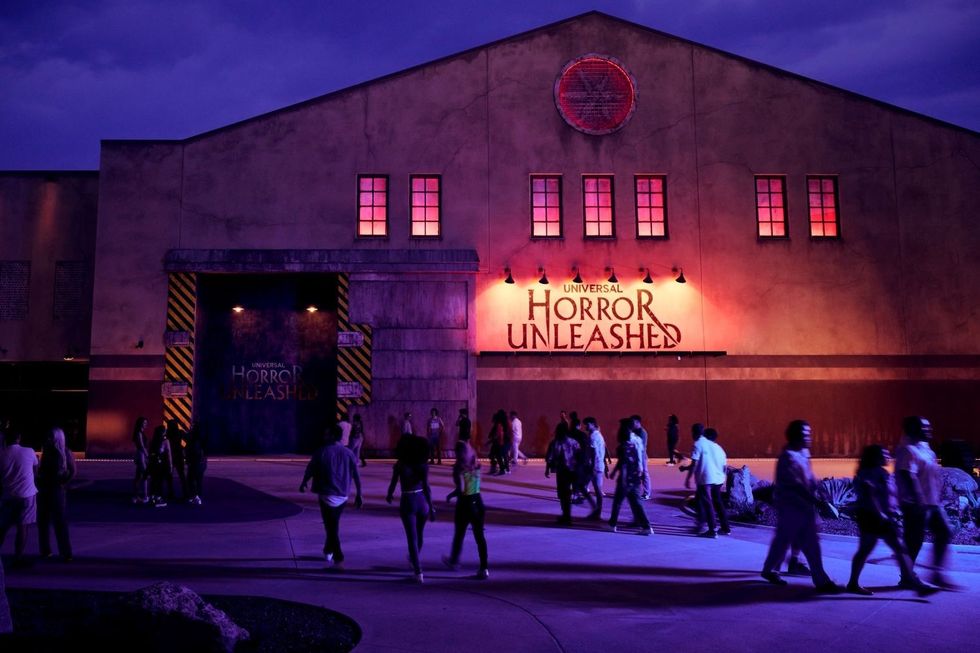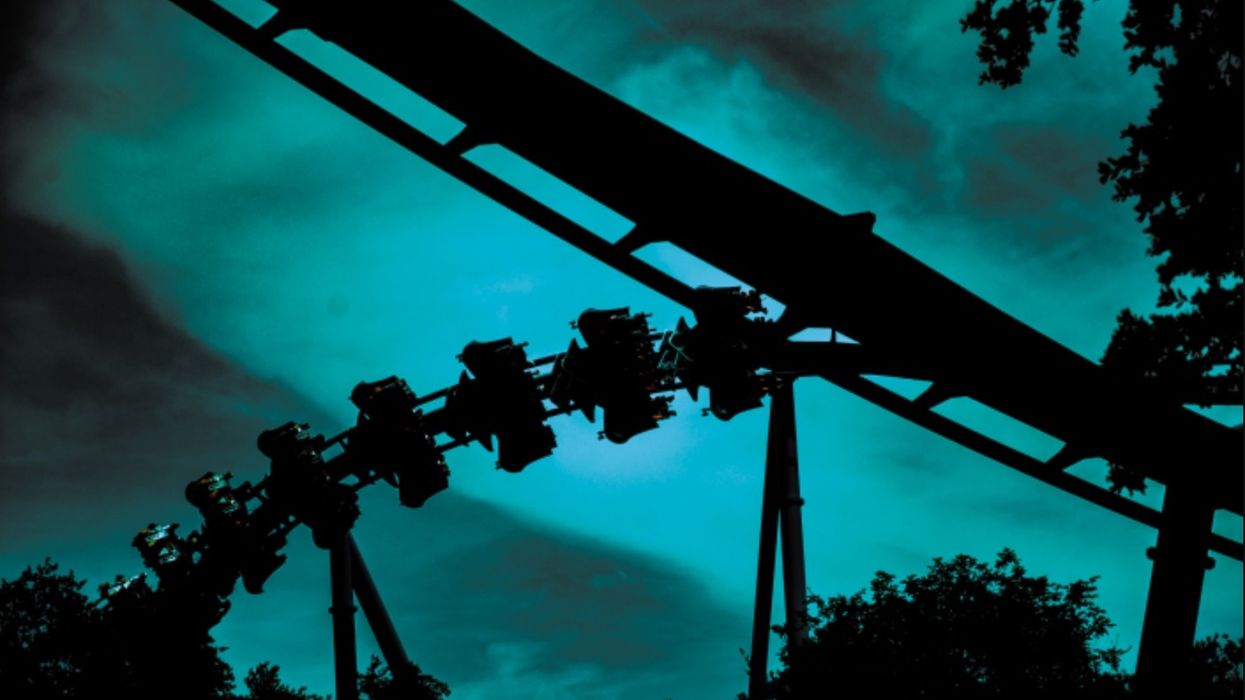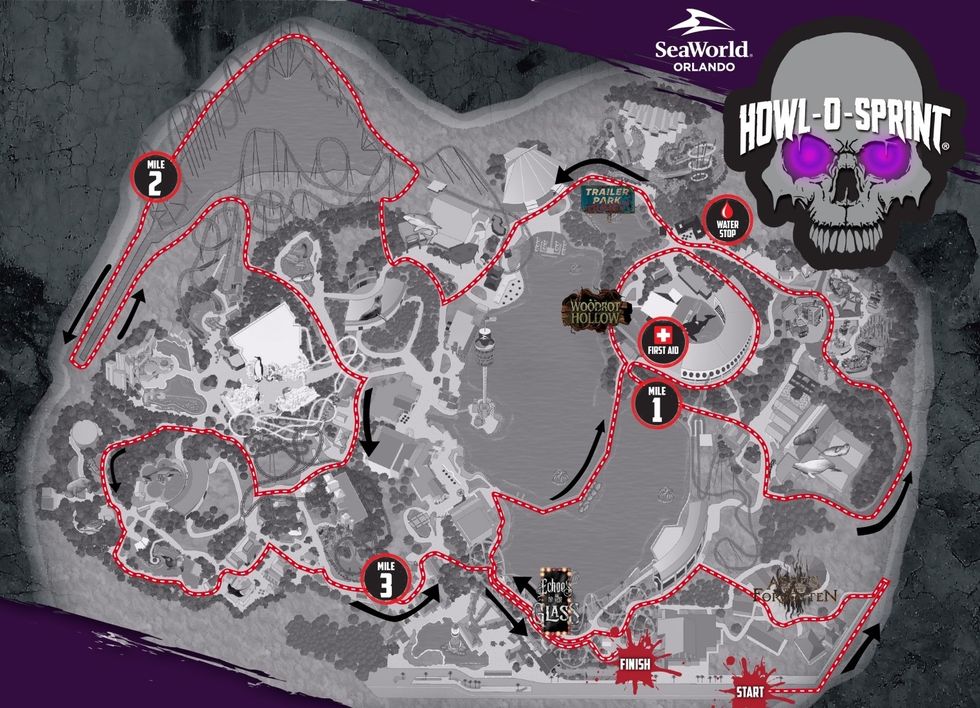A new colony of African Black Footed Penguins is set to take up residency in a new indoor/outdoor multi-million dollar habitat at Ripley’s Aquarium of the Smokies in March.
The naturalistic exhibit is the largest and costliest expansion ever at the aquarium, now celebrating its 10th year in the foothills of the Great Smoky Mountains. More than 14 million have visited the aquarium since its opening in December 2000.
Ripley’s Penguin Playhouse features a habitat that closely models the home of African Black Footed Penguins, also known as Jackass Penguins for the distinctive braying sounds they make. Naturalistic rockwork and plantings surrounded by more than 30, 000 gallons of temperature controlled saltwater depict the coastal island rookeries along the coast of South Africa.
Aquarium guests will be able to view the penguins from both above and below water level and unique to this exhibit, visitors will be able to crawl through clear underwater acrylic tunnels and pop up on the penguin’s private beach to view the birds nose to beak. At the same time, as visitors crawl through the tunnels, penguins swimming above and below them will be able to get a good close up of the human species!
The highly interactive habitat will have two wave machines and multiple spa jets that will create continual water movements which in turn will create an inviting watery playground.
“We’re really happy and proud that we are able to debut this amazing exhibit during our 10th anniversary, ” said Ryan DeSear, General Manager of Ripley’s Aquarium of the Smokies. “We feel our Penguin Playhouse will soon become another iconic exhibit within the aquarium and will be at the top of must-see lists for visitors to the Great Smoky Mountains. Our penguin habitat will be a wonderful family experience that showcases these beautiful birds and adds a new dimension and added value to our guest’s aquarium visit.”
Ripley’s Vice President of Husbandry, Joe Choromanski, who helped create the exhibit, notes that “we have studied penguin exhibits from zoos and aquariums around the world, as well as their natural habitat, and we are building what we believe to be the most realistic, interactive and fun exhibit in existence.”
The penguins who will be calling Ripley’s Aquarium of the Smokies their home have all been bred at other zoos and aquariums and are a part of the Species Survival Plan of the Association of Zoos and Aquariums. When these young birds reach breeding age, they too will contribute to the survival of this species in the wild.
About African Black Footed Penguins
As birds, Ripley’s African Black Footed Penguins and the other 17 different species of penguins of the world, have adapted to life in the sea. Found only south of the Equator, penguins are, as Ripley’s Penguin Playhouse shows, not always birds of ice and snow.
Other facts:
They average 23-27 inches tall and weigh five to nine pounds.
Their diet consists of small fishes, such as herring, anchovies and sardines.
In the wild, African penguins have an average lifespan of 10 to 12 years but they live much longer in zoos and aquariums.
They swim at an average speed of 4 mph with a top speed of 12 mph and can stay submerged for up to two minutes.
African penguins have evolved shorter feathers because, unlike Antarctic species, they do not face extremely cold environments. To help stay cool, they pant like a dog and swim in the chilly water.
In Ripley’s Penguin Playhouse, burrowed nesting boxes and mud holes have been built into the rocky habitat for nest building. Mature birds lay two eggs in the nest, which is protected from the sun and most predators, and both parents incubate the eggs and feed the chicks for two to four months. African penguins breed in huge, noisy colonies and the mating pair stays together in a tight bond for their entire life.
African penguins are considered “Vulnerable, ” which means they are facing a high risk of extinction in the wild. Major reasons include depletion of their food from overfishing and pollution. Since 1930, the African penguin population has dropped from an estimated one million birds down to 150, 000 today.
About Ripley’s Aquarium of the Smokies
Aquarium of the Smokies (www.ripleysaquariumofthesmokies.com), the second most attended attraction in Tennessee, was Voted The Number One Aquarium in America by TripAdvisor.com and Forbes Traveler has named it one of America’s best aquariums. More than 100, 000 exotic sea creatures live in its 1.4 million gallons of water. The aquarium is known for its shark exhibit that features 11-foot sharks and one of the longest underwater tunnels in the world. Ripley’s Aquarium of the Smokies is part of the Ripley Entertainment Inc. family of worldwide entertainment facilities that includes another world class aquarium – Ripley’s Aquarium of Myrtle Beach, S.C. More than 13 million people visit Ripley’s 70-plus attractions in 13 countries each year. Ripley Entertainment Inc. is a division of the Jim Pattison Group, the third largest privately held company in Canada.
Picture at Top: From left: Ryan DeSear, general manager of Ripley's Aquarium of the Smokies, Steve File, operational manager for Penguin exhibit, Susan Whitaker, Commissioner of Tennessee Department of Tourism, Jerry Hays, mayor of Gatlinburg, Cindy Ogle, City Manager of Gatlinburg, and Bill Haslam, Mayor of Knoxville
See also:
Ripley's Aquarium of the Smokies Opens Killer New Exhibit "Lethal Weapons"Ripley's Aquarium of the Smokies to Receive Top US Aquarium Award from TripAdvisor.com


